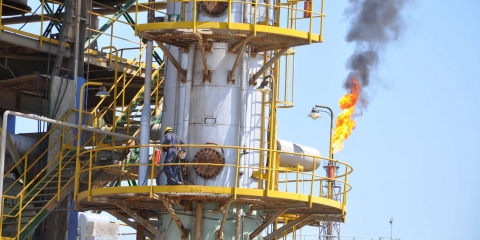Iraqis wonder what will follow Islamic State in Mosul
The collapse of the so-called "Islamic State" (IS) in Iraq's second largest city seems a foregone conclusion, despite reports by the UN's refugee agency that about 100,000 residents of Mosul are being used as human shields and that the fighting is especially brutal. More than 500,000 people have been displaced since the multifaction offensive to dislodge IS began last fall. And removing the […]Matthias von Hein writes for Deutsche Welle:
The collapse of the so-called "Islamic State" (IS) in Iraq's second largest city seems a foregone conclusion, despite reports by the UN's refugee agency that about 100,000 residents of Mosul are being used as human shields and that the fighting is especially brutal. More than 500,000 people have been displaced since the multifaction offensive to dislodge IS began last fall. And removing the group from northern Iraq will create a massive vacuum. It seems that no contingency plans were made as to who - or what - might fill it.
The factions already vying to do so include anti-terrorism units under the control of Iraq's prime minister; troops commanded alternately by Baghdad's defense and interior secretaries; diverse Shiite paramilitary groups from the Popular Mobilization Forces, some of which have links to Iran; peshmerga fighters dispatched by the governing Kurdistan Democratic Party in northern Iraq's autonomous Kurdistan region; peshmerga fighters sent by the rival Patriotic Union of Kurdistan; and a number of regional Sunni tribes.
"Most everyone is in agreement that this essentially Arab city cannot be held for long by any Kurdish or Shiite groups," Rayk Hähnlein, of Berlin's German Institute for International and Security Affairs (SWP), told DW. "But what that means in practical terms remains unclear."





